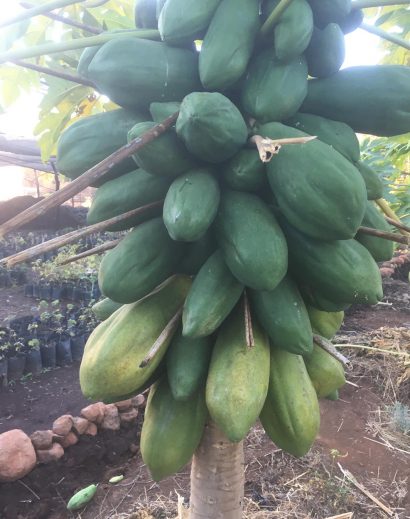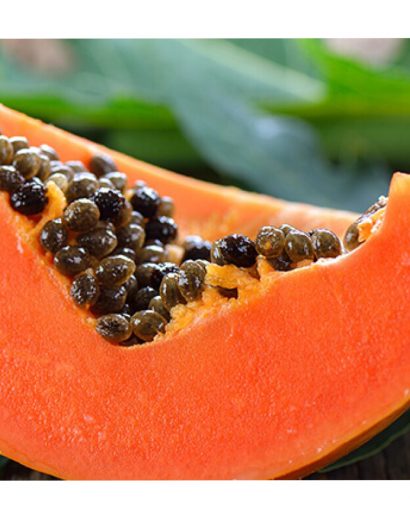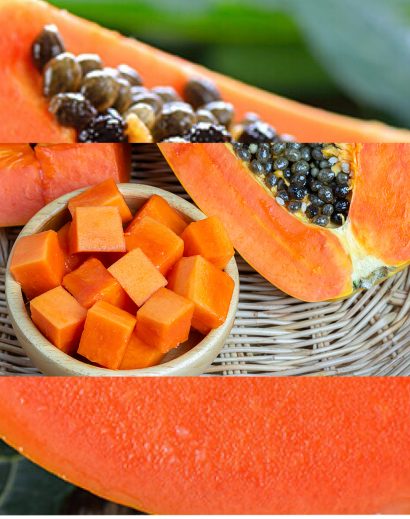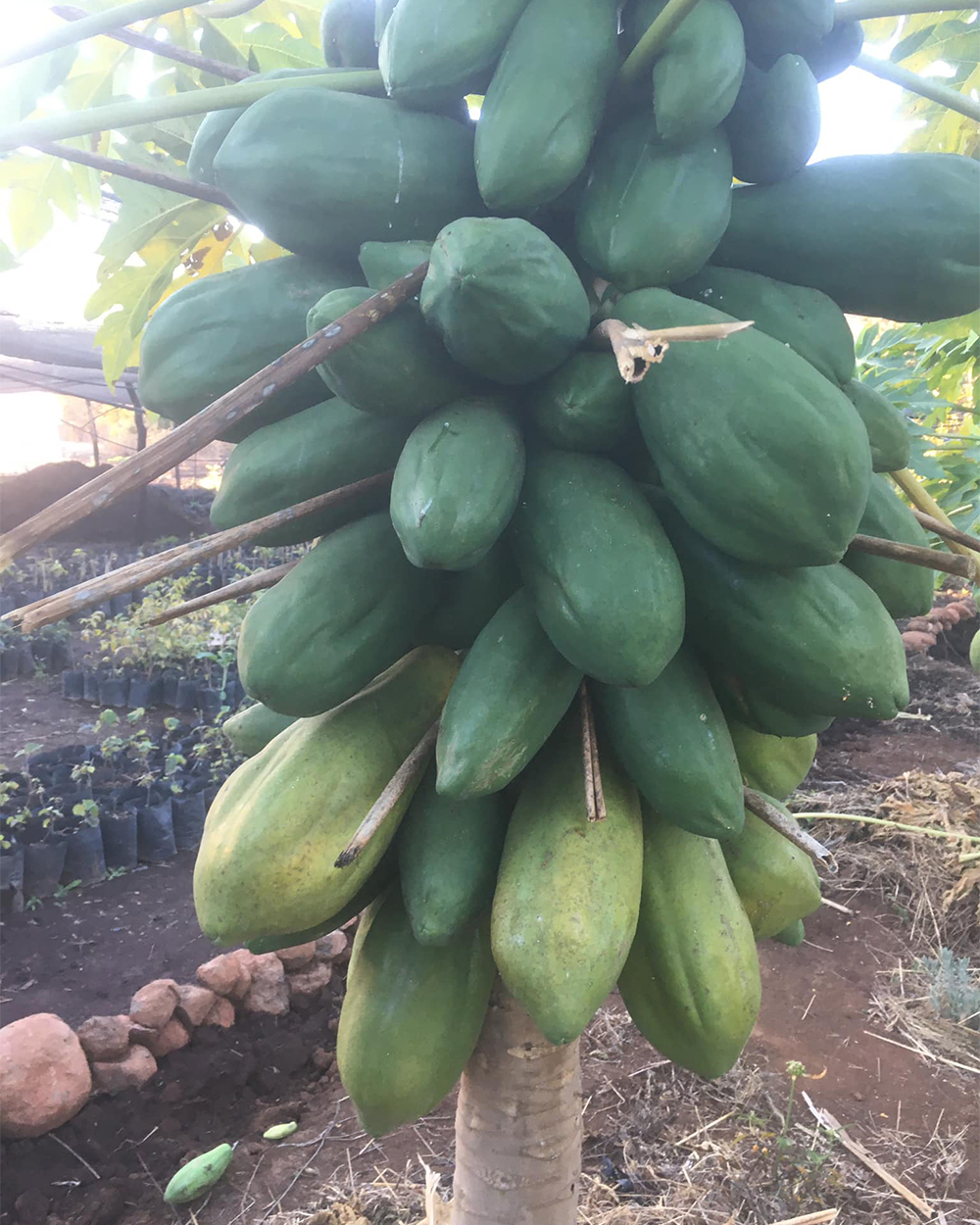Integrated Pest Management (IPM) for papaya involves using a combination of organic and sustainable methods to control pests while minimizing the impact on the environment. Here are some organic ways to manage pests in papaya cultivation:
Cultural Practices:
Crop Rotation: Rotate papaya with other crops to disrupt the life cycle of pests and reduce their buildup in the soil.
Companion Planting: Plant pest-repelling plants such as marigolds, basil, nasturtiums or any strong smelling herbs alongside papaya to deter pests.
Proper Spacing: Adequate spacing between papaya plants promotes better air circulation, reducing the risk of fungal diseases, space them at 4m apart.
Biological Control:
Beneficial Insects: Introduce natural predators like ladybugs, lacewings, and parasitic wasps to control common papaya pests like aphids and whiteflies.
Nematodes: Use beneficial nematodes to control soil-dwelling pests like root-knot nematodes.
Organic Pesticides:
Neem Oil/Neem tea: Neem oil is effective against a wide range of pests. It disrupts the feeding and reproductive cycles of insects.
Aloe vera Liquid: Aloevera liquid repels pests from the leaves and the stem by maintaining a bitter taste that is not enjoyed by the pests. Aloevera liquid is also powerful toward any fungal diseases.
Liquid soap/Olive oil mixture: This mixture was discovered by Organic Farm 7 and it's the most powerful and effective organic pesticide because it kills any pest incurred by any plant.
Pyrethrin: Derived from chrysanthemum flowers, pyrethrin-based sprays are effective against many papaya pests.
Diatomaceous Earth: Sprinkle food-grade diatomaceous earth around the base of papaya plants to control crawling insects.
Trap Crops:
Plant trap crops like sunflowers or mustard around your papaya field to attract and divert pests away from the main crop.
Biological Fungicides:
Organic Fertilization:
Use organic fertilizers, such as comfrey, compost or well-rotted manure, to promote healthy papaya plants. Healthy plants are more resistant to pests and diseases.
Pruning and Sanitation:
Remove and destroy infected or infested plant parts promptly to prevent the spread of diseases and pests.
Prune papaya trees to improve air circulation and reduce the hiding places for pests.
Handpicking: Regularly inspect your papaya plants and manually remove any pests you find, such as caterpillars, snails, or beetles.
Monitoring and Record-Keeping: Keep a record of pest populations and their activity in your papaya plantation. This will help you make informed decisions about pest control strategies.
Remember that effective IPM involves a combination of these methods and ongoing monitoring to adapt to changing pest pressures. It's also important to promote overall plant health through good cultural practices, as healthy papaya plants are better able to withstand pest infestations and diseases.
|





Reviews
There are no reviews yet.